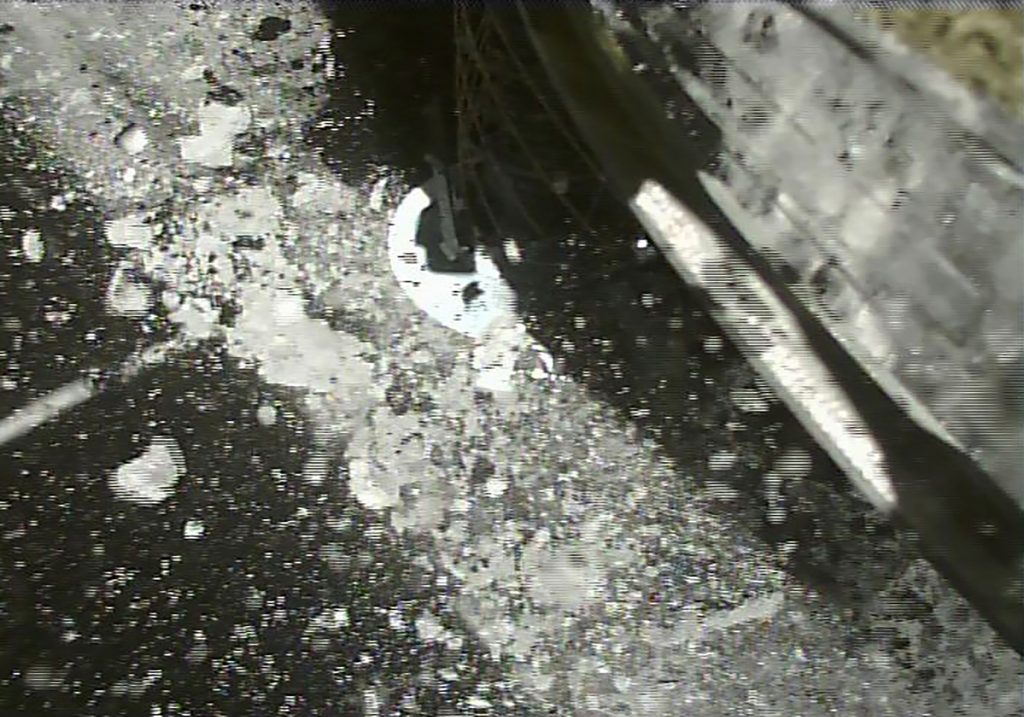
- ARAB NEWS
- 19 Apr 2024

TOKYO: Expectations are high for the Japanese spacecraft Hayabusa2 after the Japan Aerospace Exploration Agency, or JAXA, announced earlier in September that an unexplored asteroid will be the new target for the unmanned probe.
Hayabusa2 will head to the asteroid 1998KY26 after completing its current mission of delivering a capsule believed to be containing samples of sand from the asteroid Ryugu to Earth in December.
The new target asteroid has a diameter of only about 30 meters and is spinning rapidly.
According to JAXA, it will the first time in the world that a probe has visited a celestial body under 100 meters in diameter.
After dropping off the Ryugu sand samples, Hayabusa2 will conduct multiple swing-bys using Earth’s gravity to change direction. The probe is scheduled to reach 1998KY26 in July 2031, covering a distance of some 10 billion kilometers, or about double the distance traveled to reach Ryugu.
During its journey, the spacecraft will travel in the proximity of the asteroid 2001CC21 and observe it in 2026. It will also observe the distribution of dust in the solar system and extrasolar planets.
The journey to 1998KY26 is expected to be a major technological challenge for Hayabusa2 as it will travel closer to the sun than was planned at the time of its creation.
The ion engines and observation equipment used aboard Hayabusa2 are currently not experiencing any problems.
Smooth Asteroid?
The 1998KY26 asteroid is one of the celestial bodies believed to be on a collision course with Earth. There are many such small asteroids, but it had been hard to conduct detailed observations of them due to their size.
“We may be able to observe a significantly different surface from other small asteroids that have been observed before,” Fumi Yoshida, an assistant professor well-versed in celestial bodies in the solar system at the University of Occupational and Environmental Health, Japan.
Ryugu and the asteroid Itokawa, which was explored by the first Hayabusa probe, were both covered with sand and rocks. However, 1998KY26 may be spinning so fast that the centrifugal force may be stronger than its gravitational pull, resulting in surface sand being blown away, according to Yoshida.
“The small asteroid may be spinning with a smooth surface,” Yoshida said.
Insights for Planetary Defense
The new mission is also being watched for its potential contribution to planetary defense.
According to Makoto Yoshikawa, the mission manager for the journey, small asteroids like 1998KY26 crash into Earth’s surface every few hundred years, and has the potential to destroy cities depending on the impact location.
By studying the structure and the durability of such bodies, the team may be able to gain insight into ways to minimize the harms of such collisions.
“We hope to learn techniques for avoiding collisions,” Yoshikawa said.
JIJI Press